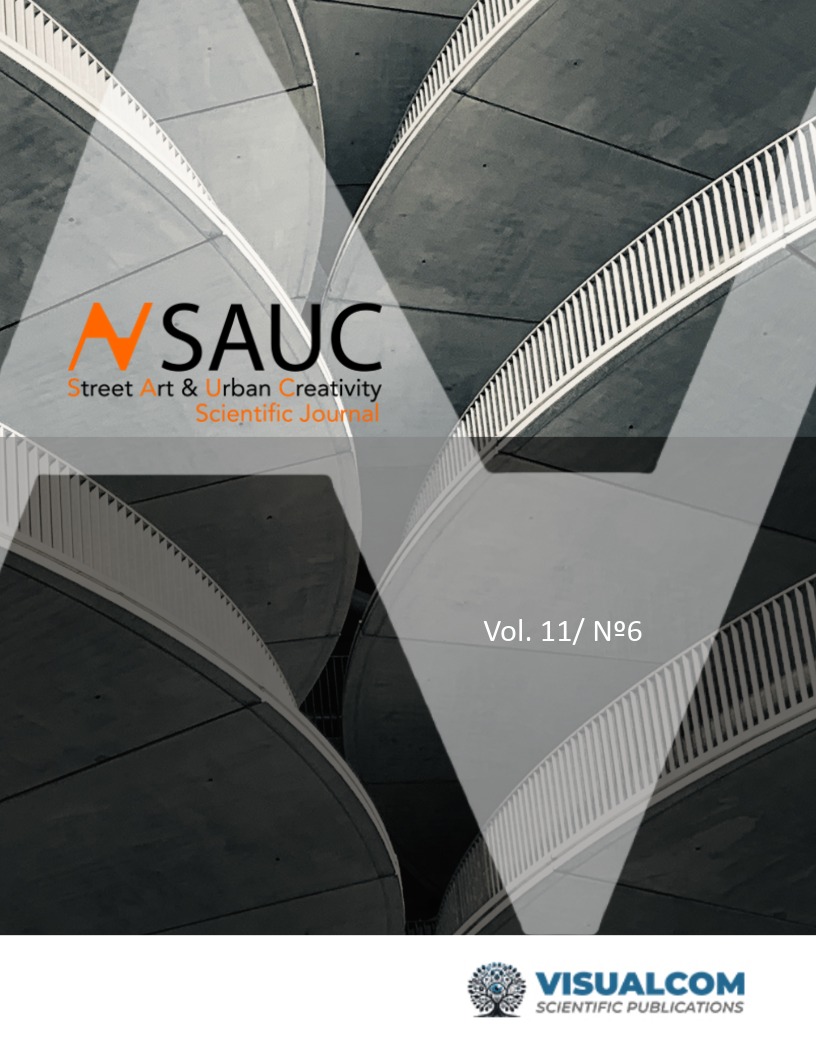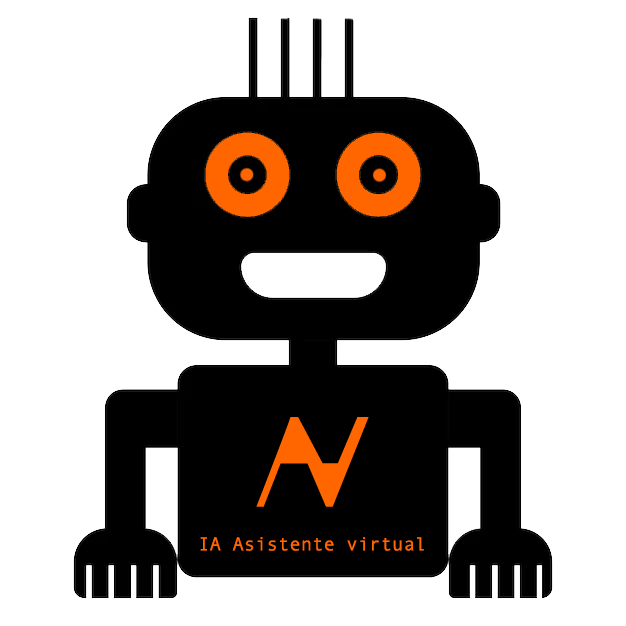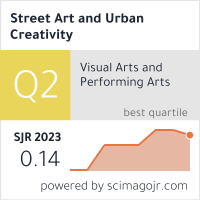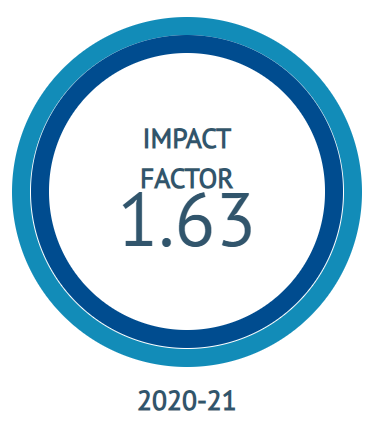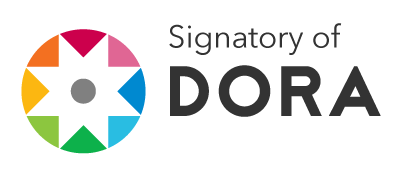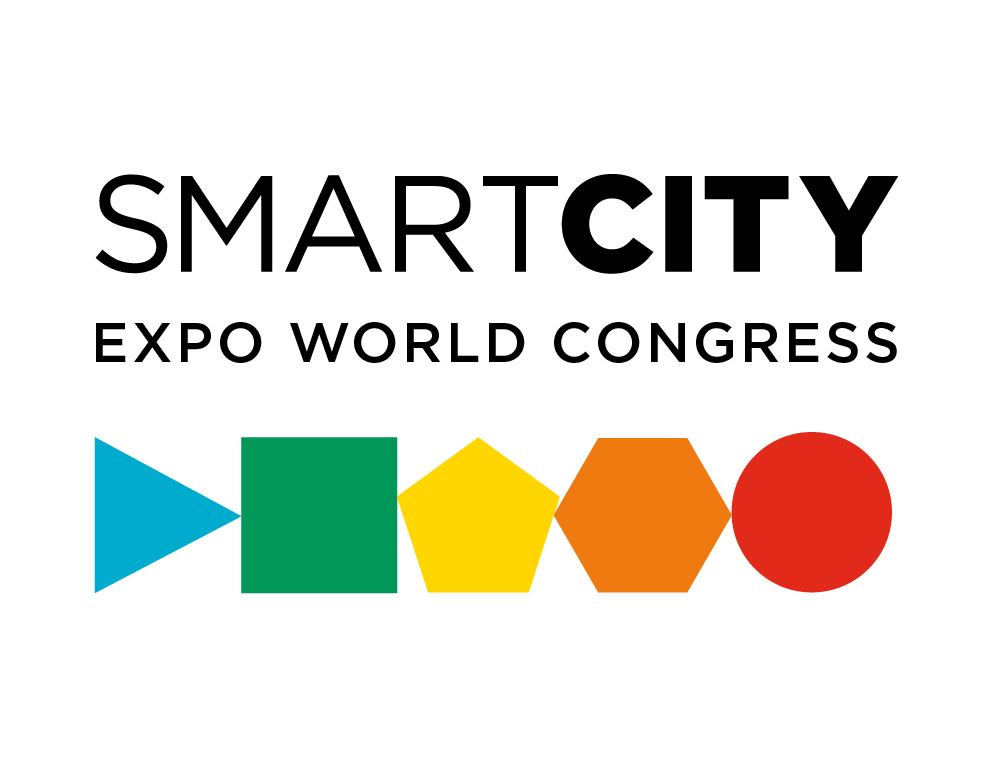English Movies as Audiovisual Resources to Improve Speaking Skills
DOI:
https://doi.org/10.62161/sauc.v11.5847Keywords:
English movies, Audiovisual resources Speaking skills, Language teaching, EFLAbstract
This investigation was action research carried out at a public university in Ecuador, where the intervention lasted four months with preservice teachers at the B1 level, from twenty to thirty years old. This study aimed to explore the effect of the routine of applying audiovisual resources, such as watching movies during students' free time, to focus on vocabulary learning, pronunciation improvement, and listening and speaking development. A fifteen-question survey was applied to analyze how beneficial this extracurricular activity was, along with the field notes. Results showed that movies were an attractive element as they provided exposure to natural language, cultural knowledge, expanded vocabulary, and offered more opportunities to listen to the real language and comment on what as observed; participants also felt confident about interacting and participating in classes showing their progress in listening comprehension and oral production which gave the necessary criteria to answer the research question.
Downloads
Global Statistics ℹ️
|
446
Views
|
96
Downloads
|
|
542
Total
|
|
References
Albiladi, W. S., Abdeen, F. H., & Lincoln, F. (2018). Learning English through movies: Adult English language learners’ perceptions. Theory and Practice in Language Studies, 8(12), 1567–1574. https://doi.org/10.17507/tpls.0812.01 DOI: https://doi.org/10.17507/tpls.0812.01
Alolaywi, Y. (2023). Learning English from movies: An exploratory study. International Journal of Social Science and Human Research, 6(4), 1–12. https://doi.org/10.47191/ijsshr/v6-i4-43 DOI: https://doi.org/10.47191/ijsshr/v6-i4-43
Ariza, E., López, M., & Gómez, R. (2015). Limitations of the audio-lingual method in fostering communicative competence. Journal of Language Teaching and Research, 6(2), 235–240. https://doi.org/10.17507/jltr.0602.03 DOI: https://doi.org/10.17507/jltr.0602.03
Bailey, K. M., & Nunan, D. (2005). Practical English language teaching: Speaking. McGraw-Hill.
Brown, H. D. (2001). Teaching by principles: An interactive approach to language pedagogy (2nd ed.). Longman.
Celce-Murcia, M., Brinton, D. M., & Snow, M. A. (2015). Teaching English as a second or foreign language (4th ed.). National Geographic Learning/Cengage Learning.
Chaya, P., & Inpin, B. (2020). Effects of integrating movie-based mobile learning instruction for enhancing Thai university students’ speaking skills and intercultural communicative competence. English Language Teaching, 13(7), 27–45. https://doi.org/10.5539/elt.v13n7p27 DOI: https://doi.org/10.5539/elt.v13n7p27
Cohen, L., Manion, L., & Morrison, K. (2005). Research methods in education (5th ed.). Routledge Falmer. https://download.garuda.kemdikbud.go.id/article.php?article=1564657&val=3924&title=Improving%20Speaking%20Sub-Skills%20by%20Using%20The%20Attention%20Relevance%20Confidence%20and%20Satisfaction%20ARCS%20Model
Creswell, J. W. (2011). Educational research: Planning, conducting, and evaluating quantitative and qualitative research (4th ed.). Pearson.
Derwing, T. M., & Munro, M. J. (2015). Pronunciation fundamentals: Evidence-based perspectives for L2 teaching and research. John Benjamins Publishing Company. DOI: https://doi.org/10.1075/lllt.42
Diharjo, W., Sani, D. A., & Arif, M. F. (2020). Game edukasi Bahasa Indonesia menggunakan metode Fisher-Yates shuffle pada genre puzzle game. Journal of Information Technology, 5(2), 23–35. https://doi.org/10.29103/tts.v6i2.24102 DOI: https://doi.org/10.31284/j.integer.2020.v5i2.1171
Foers, J. J. (2011). The essential TEFL book. Woodside House.
Fu, J. S., Yang, S.-H., & Yeh, H.-C. (2022). Exploring the impacts of digital storytelling on English as a foreign language learners’ speaking competence. Journal of Research on Technology in Education, 54(5), 679–694. https://doi.org/10.1080/15391523.2021.1911008 DOI: https://doi.org/10.1080/15391523.2021.1911008
Gay, L., Mills, G., & Airasian, P. (2012). Educational research: Competencies for analysis and applications (10th ed.). Pearson.
Gilmore, A. (2007). Authentic materials & authenticity in foreign language learning. Tokyo University. DOI: https://doi.org/10.1017/S0261444807004144
Harmer, J. (2005). How to teach English (2nd ed.). Longman.
Harmer, J. (2015). How to teach English (2nd ed.). Pearson.
Hassen, R. (2016). Using movies in EFL classrooms: A study conducted at the English Language Institute (ELI), King Abdul-Aziz University. English Language Teaching, 9(3), 248–257. DOI: https://doi.org/10.5539/elt.v9n3p248
Larsen-Freeman, D. (2014). Teaching grammar. En M. Celce-Murcia, D. Brinton, & M. A. Snow (Eds.), Teaching English as a second or foreign language (4th ed., pp. 256–270). Cengage Learning.
Lewis, M. C. (1975). The teaching of English as a foreign language in ten countries. Almqvist & Wiksell International.
Ludke, K. M., Ferreira, F., & Overy, K. (2014). Singing can facilitate foreign language learning. Memory & Cognition, 42(1), 41–52. https://doi.org/10.3758/s13421-013-0342-5 DOI: https://doi.org/10.3758/s13421-013-0342-5
Kamola, S., & Feruza, M. (2021). Advantages and disadvantages of the audio-lingual method in teaching. ACADEMICIA: An International Multidisciplinary Research Journal, 11(4), 1–6. https://doi.org/10.5958/2249-7137.2021.01190.3 DOI: https://doi.org/10.5958/2249-7137.2021.01190.3
Katemba, C., & Ning, W. (2018). Students’ responses in enhancing new vocabulary. Journal of English Language Pedagogy, Literature, and Culture, 3(1), 45–70. DOI: https://doi.org/10.35974/acuity.v3i1.623
Kothari, C. R. (2004). Research methodology: Methods and techniques (2nd ed.). New Age International.
Krashen, S. D. (1987). Principles and practice in second language acquisition. Prentice-Hall International.
Krashen, S. D. (2013). The natural approach: Language acquisition in the classroom. Alemany Press.
Lee, S. (2018). Speaking skills development in second language acquisition. Language Learning Research, 28(3), 112–125. https://doi.org/10.23857/pc.v7i7
Martínez Isaza, J. Y., Suárez Zuluaga, A. M., & Toro López, V. M. (2013). The use of authentic videos for listening comprehension in a private school in Pereira. https://core.ac.uk/download/71397429.pdf
Muliyah, P., Aminatun, D., Hakim, L. N., & Septiana, L. (2021). Monkey stories: A new media for digital English learning. The 1st International Conference on Language Linguistic Literature and Education (ICLLLE).
Nation, I. S. P. (2013). Learning vocabulary in another language (2nd ed.). Cambridge University Press. DOI: https://doi.org/10.1017/CBO9781139858656
Nation, I. S. P., & Newton, J. (2009). Teaching ESL/EFL listening and speaking. Routledge. DOI: https://doi.org/10.4324/9780203891704
Nurmala, S., & Aminatun, D. (2021). Students’ perception on the use of English movies to improve vocabulary mastery. Journal of English Language Teaching and Learning, 2(1), 16–22. https://doi.org/10.33365/JELTL.V2I1.757 DOI: https://doi.org/10.33365/jeltl.v2i1.757
Puspaningtyas, N. D., & Ulfa, M. (2020). Improving students’ learning outcomes in blended learning through the use of animated video. Kalamatika: Jurnal Pendidikan Matematika, 5(2), 133–142. https://doi.org/10.22236/KALAMATIKA.vol5no2.2020pp133-142 DOI: https://doi.org/10.22236/KALAMATIKA.vol5no2.2020pp133-142
Rabiah, S. (2012). Language as a tool for communication and cultural reality disclosure. Rethinking, 1–11. Universitas Muhammadiyah.
Rashdan, S. U., Johar, E. M., Mohamad, F., & Kadir, Z. A. (2023). English films and their effects on development of productive and receptive skills: Beyond classroom exposure. International Journal of Linguistics, 5, 12–29. https://doi.org/10.5296/ijl.v15i5.21325 DOI: https://doi.org/10.5296/ijl.v15i5.21325
Richards, J. C., & Renandya, W. A. (2002). Methodology in language teaching: An anthology of current practice. Cambridge University Press. DOI: https://doi.org/10.1017/CBO9780511667190
Rudolf, F. (2022). Movies as an authentic input in L2 speaking class: A dynamic usage-based approach in EFL teaching in Indonesia. International Journal of Language Education, 6(1), 1–9. https://doi.org/10.26858/ijole.v6i1.20196 DOI: https://doi.org/10.26858/ijole.v6i1.20196
Setter, J., & Jenkins, J. (2005). Teaching English pronunciation: A state-of-the-art review. Language Teaching, 38(1), 1–17. https://doi.org/10.1017/S026144480500251X DOI: https://doi.org/10.1017/S026144480500251X
Schmitt, N. (2008). Review article: Instructed second language vocabulary learning. Language Teaching Research, 12(3), 329–363. https://doi.org/10.1177/1362168808089921 DOI: https://doi.org/10.1177/1362168808089921
Schutz, P. A. (2014). Inquiry on teachers’ emotion. Educational Psychologist, 49(1), 1–2. https://doi.org/10.1080/00461520.2013.864955 DOI: https://doi.org/10.1080/00461520.2013.864955
Skehan, P. (2009). Modelling second language performance: Integrating complexity, accuracy, fluency, and lexis. Applied Linguistics, 30(4), 510–532. https://doi.org/10.1093/applin/amp048 DOI: https://doi.org/10.1093/applin/amp047
Sweet, H. (1899). The practical study of languages. Oxford University.
Terrell, T. D. (1977). A natural approach to second language acquisition and learning. Modern Language Journal, 61(7), 325–336. https://doi.org/10.1111/j.1540-4781.1977.tb03904.x DOI: https://doi.org/10.2307/324551
Thanajaro, M. (2000). Using authentic materials to develop listening.
Thornbury, S. (2005). How to teach speaking. Pearson Education.
Walay, A. G. (2022). Use of English movies as a pedagogical tool in learning English language. International Journal of Arts, Sciences and Education, 3(1), 39–56. https://www.ijase.org/index.php/ijase/article/view/125
Yulianto, F., Utami, Y. T., & Ahmad, I. (2019). Game edukasi pengenalan buah-buahan bervitamin C untuk anak usia dini. Jurnal Nasional Pendidikan Teknik Informatika: JANAPATI, 7(3), 242–252. https://doi.org/10.23887/janapati.v7i3.15554 DOI: https://doi.org/10.23887/janapati.v7i3.15554
Downloads
Published
How to Cite
Issue
Section
License
Copyright (c) 2025 Authors retain copyright and transfer to the journal the right of first publication and publishing rights

This work is licensed under a Creative Commons Attribution-NoDerivatives 4.0 International License.
Those authors who publish in this journal accept the following terms:
-
Authors retain copyright.
-
Authors transfer to the journal the right of first publication. The journal also owns the publishing rights.
-
All published contents are governed by an Attribution-NoDerivatives 4.0 International License.
Access the informative version and legal text of the license. By virtue of this, third parties are allowed to use what is published as long as they mention the authorship of the work and the first publication in this journal. If you transform the material, you may not distribute the modified work. -
Authors may make other independent and additional contractual arrangements for non-exclusive distribution of the version of the article published in this journal (e.g., inclusion in an institutional repository or publication in a book) as long as they clearly indicate that the work was first published in this journal.
- Authors are allowed and recommended to publish their work on the Internet (for example on institutional and personal websites), following the publication of, and referencing the journal, as this could lead to constructive exchanges and a more extensive and quick circulation of published works (see The Effect of Open Access).

